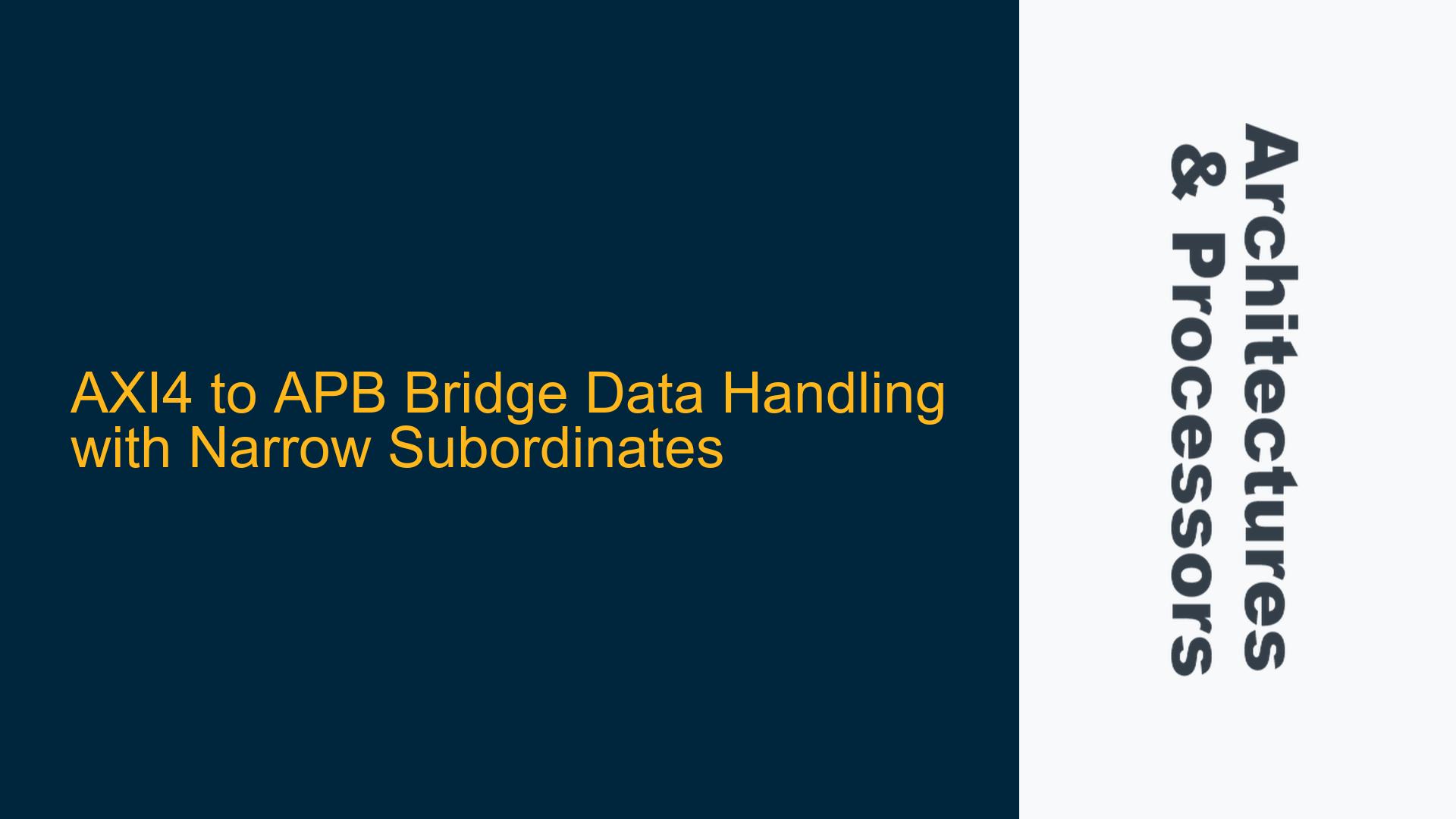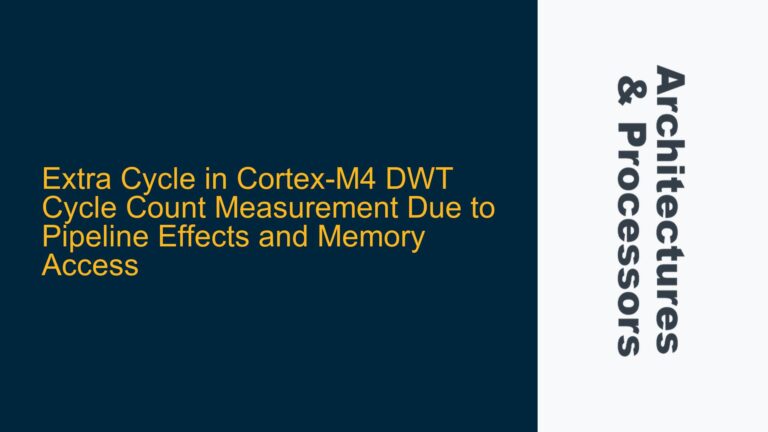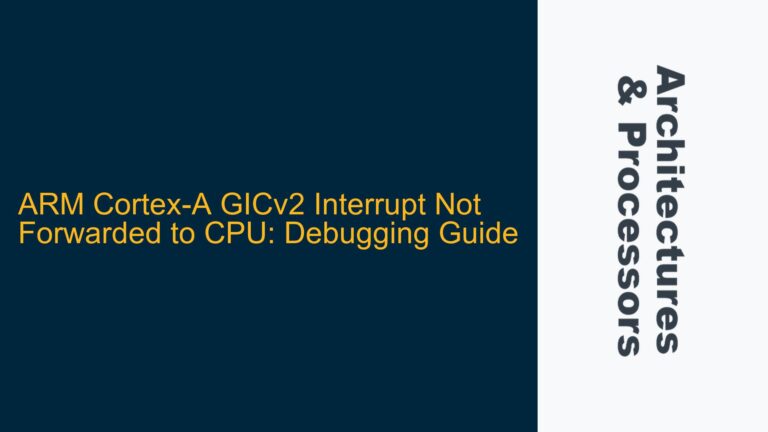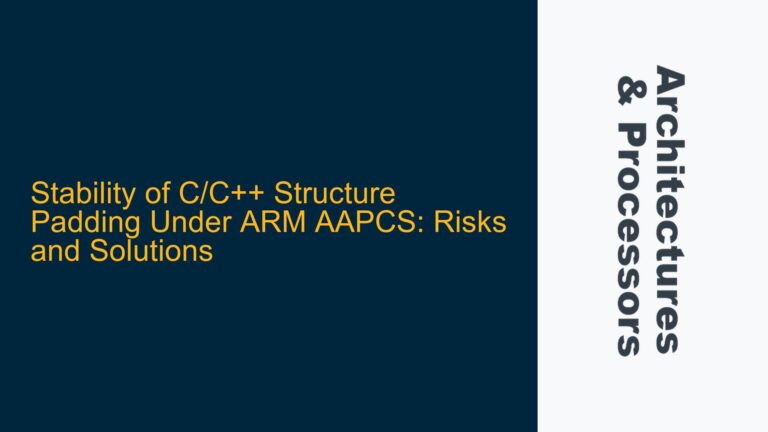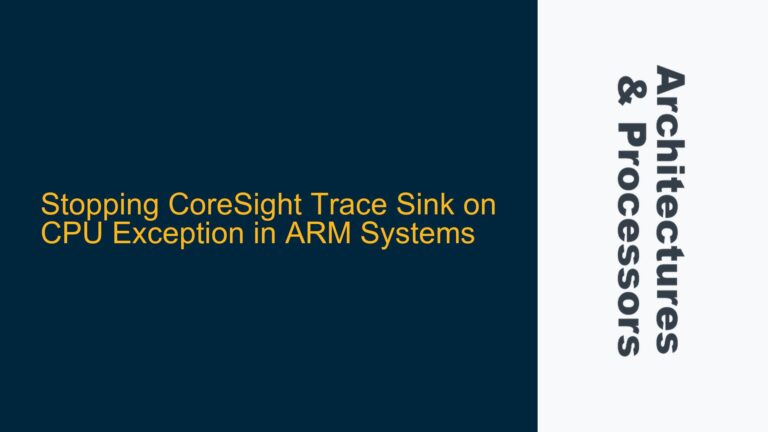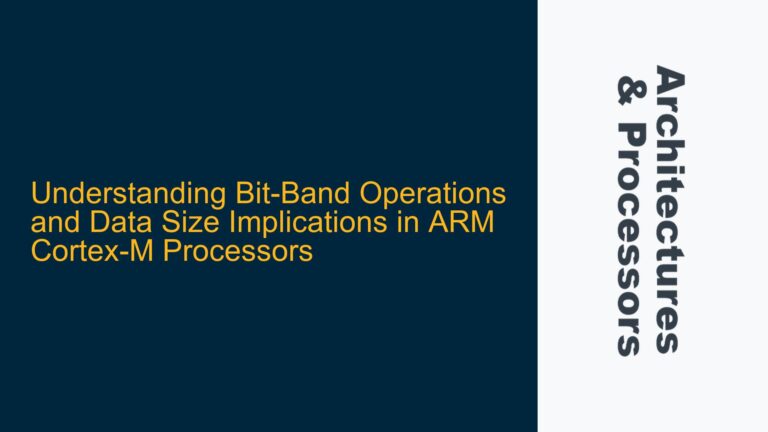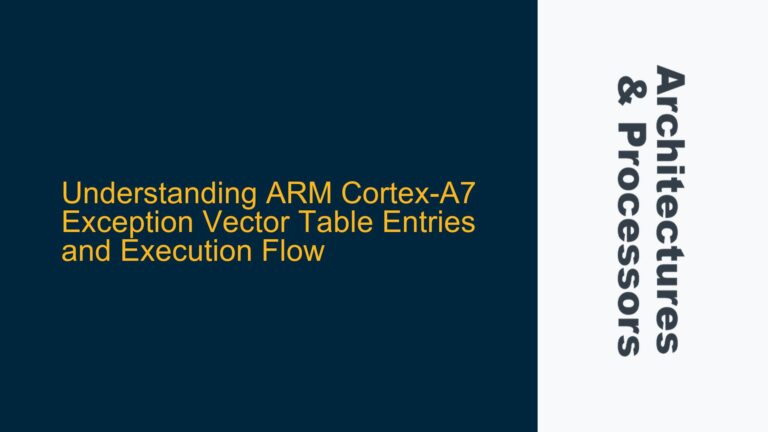AXI4 Initiator 32-bit to APB 8-bit Target Data Transfer Challenges
When designing an AXI4 to APB bridge, one of the most intricate challenges arises when dealing with data width mismatches between the AXI4 initiator and the APB target. In this scenario, the AXI4 initiator has a 32-bit data width, while the APB target operates with an 8-bit data width. The core issue revolves around how the AXI4 initiator’s read requests, particularly those with ARSIZE = 1 (16-bit transfers), are handled by the bridge and how the resulting data is presented on the RDATA lines.
The AXI4 protocol allows for variable transfer sizes, and the initiator may issue requests that do not align with the target’s data width. This misalignment necessitates careful handling within the bridge to ensure that the data is correctly transferred and presented to the initiator. The bridge must break down the AXI4 requests into smaller, APB-compatible requests and then reassemble the data into the expected format for the AXI4 initiator.
The problem is further complicated when considering the addressing and data alignment. The AXI4 initiator may issue requests that span multiple APB addresses, and the bridge must correctly interpret these requests to ensure that the data is read from the correct locations and merged appropriately. The bridge must also handle the case where the AXI4 initiator requests 16-bit data transfers, which do not directly align with the 8-bit data width of the APB target.
Protocol Conversion and Data Width Mismatch Handling
The primary cause of the issue lies in the protocol conversion and data width mismatch between the AXI4 initiator and the APB target. The AXI4 protocol is designed for high-performance systems and typically operates with a 32-bit or wider data bus. In contrast, the APB protocol is simpler and often used for lower-performance peripherals, which may have narrower data widths, such as 8 bits.
When the AXI4 initiator issues a read request with ARSIZE = 1, it expects to receive 16 bits of data per transfer. However, the APB target can only provide 8 bits of data per transfer. This mismatch requires the bridge to perform multiple APB transactions to fulfill a single AXI4 request. The bridge must break down the AXI4 request into multiple 8-bit APB requests, read the data from the APB target, and then merge the data into the expected 16-bit format for the AXI4 initiator.
Another critical aspect is the handling of the address alignment. The AXI4 initiator may issue requests that are not aligned with the APB target’s addressing scheme. For example, a 16-bit read request starting at address 0x1001 would require the bridge to read from two consecutive APB addresses (0x1001 and 0x1002) and then merge the data into a single 16-bit value. The bridge must correctly interpret the AXI4 address and generate the appropriate APB addresses to ensure that the data is read from the correct locations.
The bridge must also consider the endianness of the system. The AXI4 protocol supports both little-endian and big-endian data formats, and the bridge must ensure that the data is correctly aligned and merged according to the system’s endianness. This adds another layer of complexity to the data handling process, as the bridge must correctly interpret the AXI4 request and ensure that the data is presented in the expected format.
Implementing Data Merging and Alignment in the AXI4-APB Bridge
To address the challenges of data width mismatch and protocol conversion, the AXI4-APB bridge must implement a robust mechanism for breaking down AXI4 requests into APB-compatible transactions and merging the resulting data into the expected format. The following steps outline the key considerations and solutions for implementing such a bridge:
Step 1: Breaking Down AXI4 Requests into APB Transactions
The first step in handling the data width mismatch is to break down the AXI4 requests into multiple APB transactions. For a 32-bit AXI4 request, the bridge must generate four 8-bit APB transactions, each targeting a different byte lane of the AXI4 data bus. The bridge must also generate the appropriate APB addresses based on the AXI4 address and the transfer size.
For example, if the AXI4 initiator issues a read request with ARSIZE = 1 (16-bit transfer) starting at address 0x1000, the bridge must generate two APB transactions: one for address 0x1000 and another for address 0x1001. The bridge must then merge the data from these two transactions into a single 16-bit value to be returned to the AXI4 initiator.
Step 2: Handling Address Alignment and Data Merging
The bridge must carefully handle address alignment to ensure that the data is read from the correct locations. For example, if the AXI4 initiator issues a 16-bit read request starting at address 0x1001, the bridge must generate two APB transactions: one for address 0x1001 and another for address 0x1002. The bridge must then merge the data from these two transactions into a single 16-bit value, ensuring that the data is correctly aligned according to the system’s endianness.
The bridge must also handle the case where the AXI4 request spans multiple APB addresses. For example, a 32-bit read request starting at address 0x1000 would require the bridge to generate four APB transactions: one for each byte lane (0x1000, 0x1001, 0x1002, and 0x1003). The bridge must then merge the data from these four transactions into a single 32-bit value to be returned to the AXI4 initiator.
Step 3: Implementing Data MUXing and Routing
To handle the data width mismatch, the bridge must implement a data MUXing and routing mechanism to connect the 8-bit APB target to the appropriate byte lanes of the 32-bit AXI4 data bus. The bridge must use the AXI4 address and transfer size to determine which byte lanes are active and route the data accordingly.
For example, if the AXI4 initiator issues a 16-bit read request starting at address 0x1000, the bridge must route the data from the APB target to the lower 16 bits of the AXI4 data bus. If the request starts at address 0x1002, the bridge must route the data to the upper 16 bits of the AXI4 data bus.
The bridge must also handle the case where the AXI4 request is not aligned with the APB target’s addressing scheme. For example, a 16-bit read request starting at address 0x1001 would require the bridge to route the data from the APB target to the middle 16 bits of the AXI4 data bus. The bridge must use the AXI4 address and transfer size to determine the correct routing and ensure that the data is correctly aligned.
Step 4: Handling Unrequested Data Bytes
In some cases, the AXI4 initiator may issue requests that do not align with the APB target’s data width, resulting in unrequested data bytes. For example, a 16-bit read request starting at address 0x1000 would result in two 8-bit APB transactions, but the AXI4 initiator may only be interested in the lower 16 bits of the data. The bridge must handle these unrequested data bytes appropriately, either by masking them out or by providing a default value.
The bridge must also consider the case where the AXI4 initiator issues a request that spans multiple APB addresses, resulting in unrequested data bytes. For example, a 32-bit read request starting at address 0x1000 would result in four 8-bit APB transactions, but the AXI4 initiator may only be interested in the lower 16 bits of the data. The bridge must handle these unrequested data bytes appropriately, either by masking them out or by providing a default value.
Step 5: Ensuring Correct Data Formatting and Endianness
The bridge must ensure that the data is correctly formatted and aligned according to the system’s endianness. The AXI4 protocol supports both little-endian and big-endian data formats, and the bridge must correctly interpret the AXI4 request and ensure that the data is presented in the expected format.
For example, in a little-endian system, the least significant byte (LSB) of the data is stored at the lowest address, while in a big-endian system, the most significant byte (MSB) is stored at the lowest address. The bridge must correctly interpret the AXI4 request and ensure that the data is correctly aligned and merged according to the system’s endianness.
Step 6: Implementing Error Handling and Debugging Mechanisms
Finally, the bridge must implement error handling and debugging mechanisms to ensure that any issues with the data transfer are correctly identified and resolved. The bridge must handle cases where the APB target returns an error or where the data is not correctly aligned or merged. The bridge must also provide debugging information to help identify and resolve any issues with the data transfer.
In conclusion, the AXI4-APB bridge must implement a robust mechanism for handling data width mismatches and protocol conversion. The bridge must break down AXI4 requests into APB-compatible transactions, handle address alignment and data merging, implement data MUXing and routing, handle unrequested data bytes, ensure correct data formatting and endianness, and implement error handling and debugging mechanisms. By following these steps, the bridge can ensure that the data is correctly transferred and presented to the AXI4 initiator, even when dealing with narrow subordinates.
